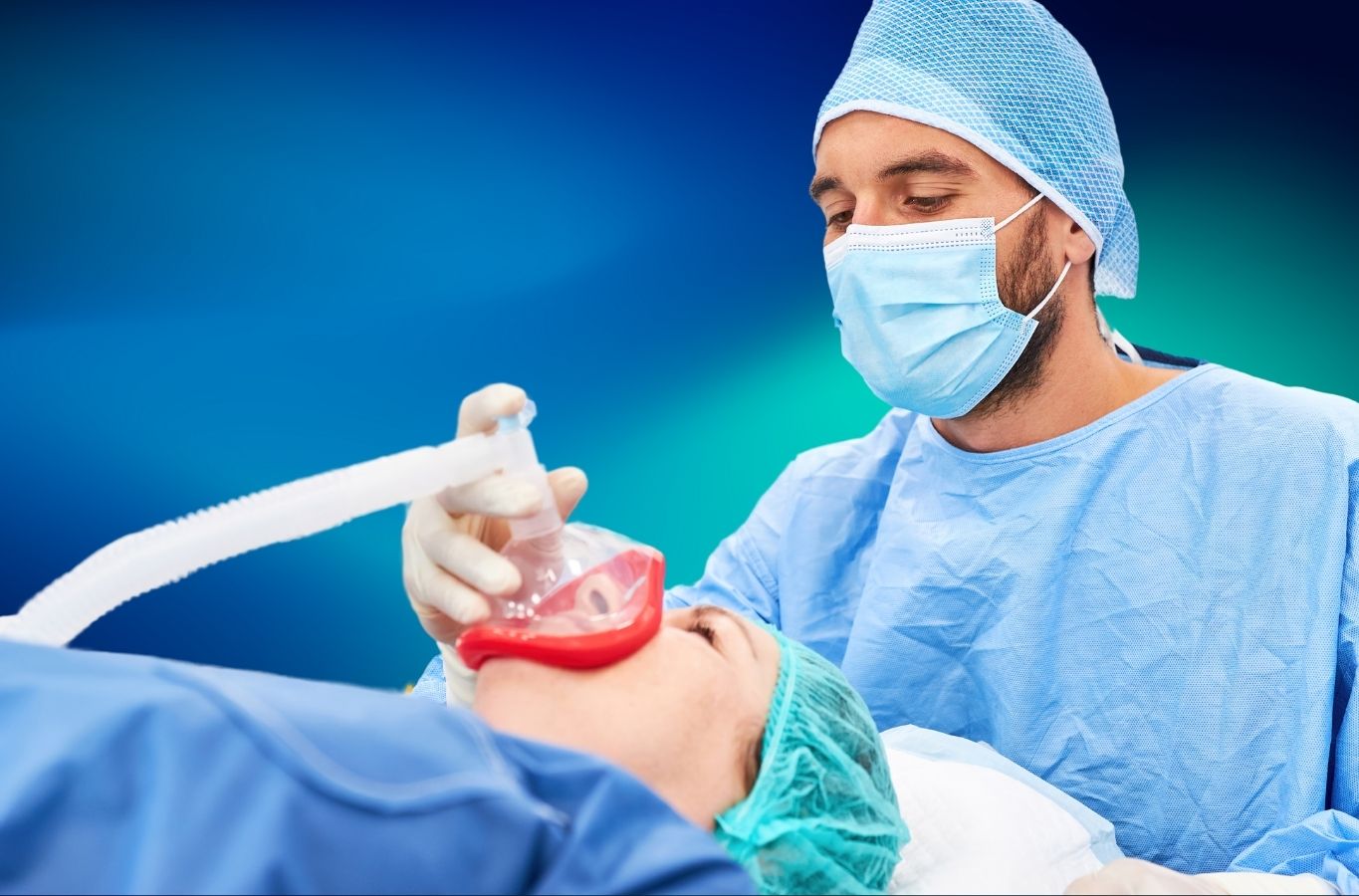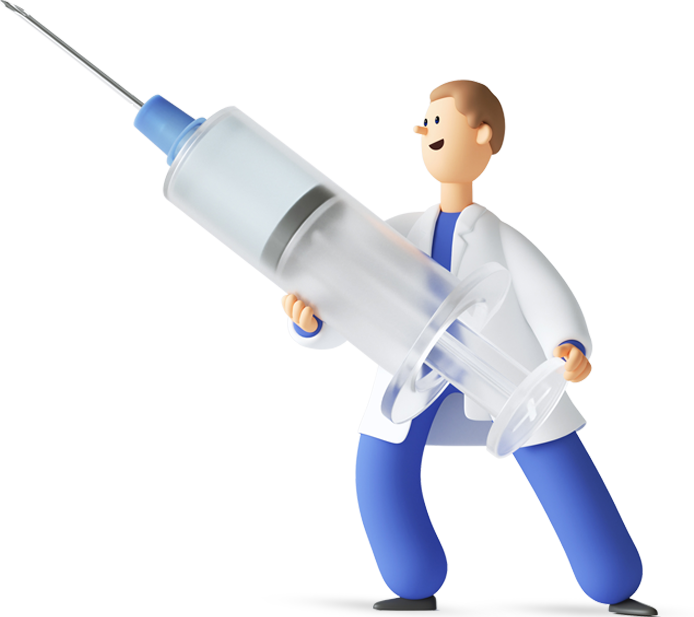
Duties of Anaesthesiologist and Anaesthesia Process: Basic Information
An anaesthetist is a medical professional responsible for the anaesthesia of patients undergoing surgery. This role requires at least 4 years of specialised training after graduating from medical school. Starting from the preoperative assessment, the anaesthesiologist plans the anaesthesia of the patient and ensures the safety of the patient by monitoring life functions throughout the operation. They also manage anaesthesia or sedation applications in some interventional examinations such as MRI and endoscopy. The task of providing respiratory and cardiac support to critically ill patients in intensive care units is also among the responsibilities of the anaesthesiologist.
Preoperative Anaesthesia Tests and Evaluation Process
Patients are thoroughly evaluated by the anaesthesiologist before surgery. In this process, the patient's history is taken, blood tests, chest films, ECG and other tests are performed according to age and health status. Detailed tests may be required especially for patients with respiratory and cardiac problems. Considering some side effects of anaesthesia drugs, liver and kidney functions are also examined. If there are special conditions such as allergic reactions or chronic diseases, the anaesthesia plan is customised according to these conditions.
Chronic Diseases, Allergies and Anaesthesia Risk
A special preparation process is required for patients with chronic diseases or allergies. Necessary precautions are taken for these patients, taking into account their risk level. Although there is no one who should not receive anaesthesia, special monitoring and preventive methods are used for high-risk patients. The safest anaesthesia conditions are provided for high-risk patients according to the ASA classification of the American Society of Anaesthesia.

Anaesthesia Process: Preparation, Administration and Monitoring
The anaesthetist controls all devices and medications during preoperative preparations. Vital parameters such as the patient's heartbeat, blood pressure and oxygen levels are constantly monitored. Thanks to advanced monitoring systems, changes in these values are intervened quickly, ensuring that the anaesthesia process proceeds safely.
Differences between General Anaesthesia and Local and Regional Anaesthesia
General anaesthesia provides anaesthesia over the whole body with complete unconsciousness and requires careful monitoring of vital functions. Local anaesthesia, on the other hand, numbs only the area being treated; the patient does not lose consciousness and is preferred for minor surgical procedures. Regional methods such as spinal and epidural anaesthesia also numb a specific body part. Epidural anaesthesia can also be used to control pain after surgery.
Awakening and Possible Complications During Anaesthesia
The anaesthetist wakes the patient safely after the operation and monitors respiratory function. If the dosage is correctly adjusted, patients regain consciousness during awakening without any problems. However, in some cases, inadequate anaesthesia can lead to rare complications such as wakefulness. Modern monitoring techniques minimise such complications.


